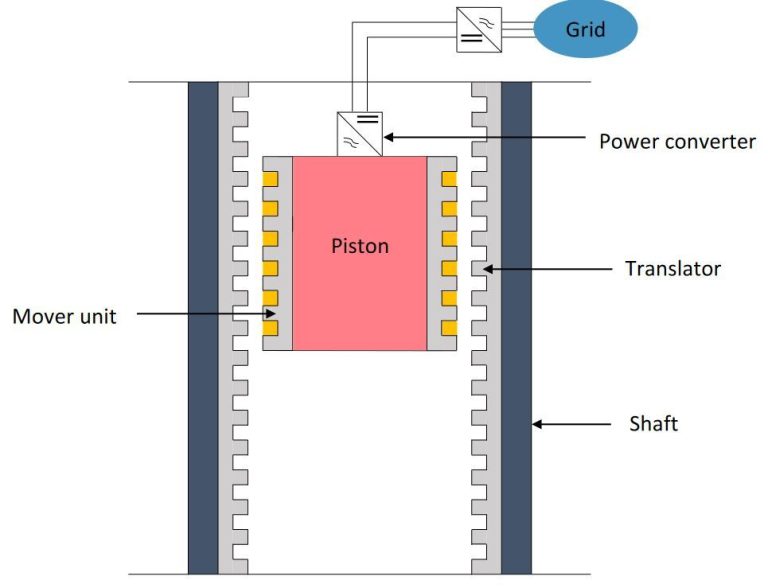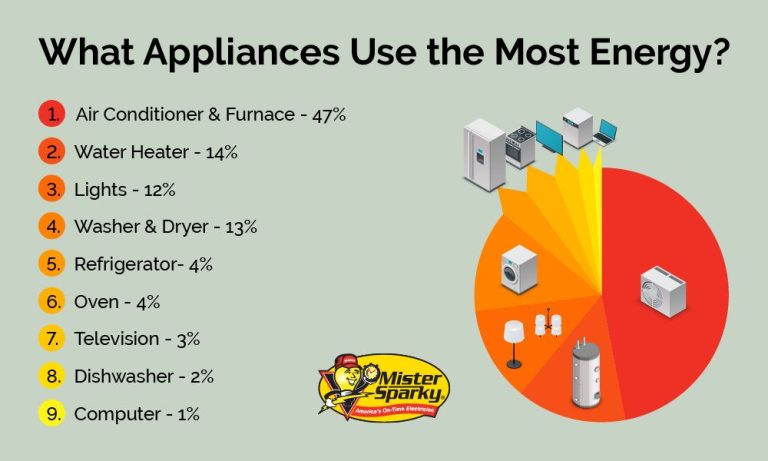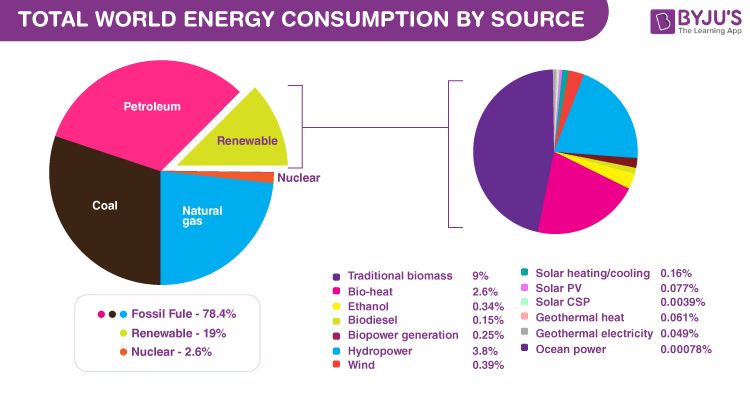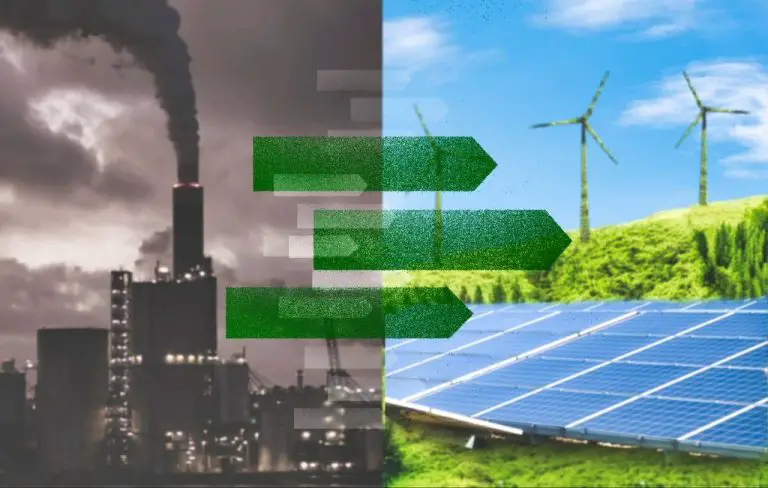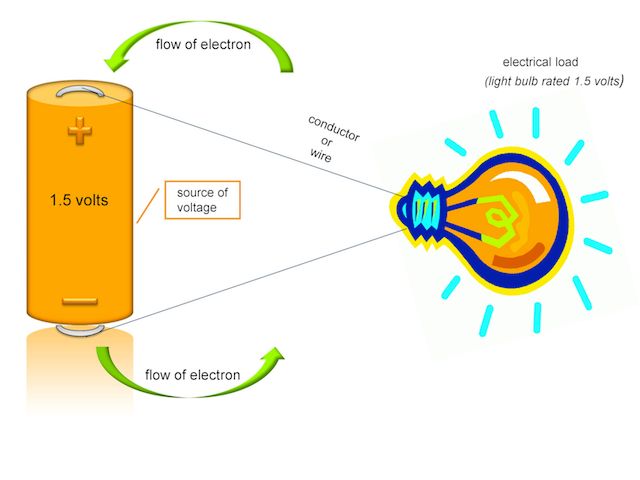How Does Energy Affect My Life?
Energy is the ability to do work, and it comes in many forms that power our daily lives. We rely on energy to provide light, heat, transportation, and to manufacture the goods we consume. While energy makes modern life possible, how we produce and use energy also greatly impacts the environment. This article will explore the role of energy across different facets of daily life, including our homes, transportation, food production, consumer goods, and wasted energy. We’ll also examine renewable energy solutions, energy conservation strategies, and the policy landscape around energy. The goal is to understand the complex relationship between energy and our quality of life, and consider more sustainable energy practices.
Home Energy Use
The homes we live in require a substantial amount of energy in the form of electricity and natural gas to power our lives. This energy is used for heating and cooling, running appliances, lighting, and electronics. According to the U.S. Energy Information Administration, the average American household uses about 897 kWh of electricity per month. This amounts to around 10,950 kWh of electricity usage per year for the average home. The main uses of electricity in homes are air conditioning (17%), lighting (12%), refrigeration (11%), electronics (11%), appliances like dishwashers and microwaves (9%), and water heating (18%).
In addition to electricity, most homes today also use natural gas for purposes like heating, cooking, and drying clothes. Natural gas usage in homes averaged about 50.5 thousand cubic feet per month in 2015. Homes built in the colder northern states generally use more natural gas for space heating compared to southern states. The main uses of natural gas by households are space heating (62%), water heating (19%), appliances (11%), and cooking (8%). Modern appliances like furnaces, water heaters, stoves, and dryers are designed to burn natural gas very efficiently.
With high-efficiency heat pumps, insulation, lighting, appliances and electronics, and thoughtful energy use habits, homeowners can reduce their energy consumption. Simple steps like turning off lights when leaving a room, using energy efficient lightbulbs, lowering the thermostat at night, and replacing old appliances can help cut energy waste.
Transportation Energy
Transportation accounts for a significant portion of energy consumption worldwide. Different modes of transportation rely on different energy sources and have varying levels of efficiency.
Cars, trucks, buses and motorcycles almost exclusively use petroleum-based fuels like gasoline and diesel. Transportation accounts for approximately 55% of global liquid fuel consumption and road vehicles make up nearly 75% of that. In the United States, transportation is responsible for about 70% of petroleum consumption. On average, light-duty vehicles like cars and pickup trucks use about 3,000 gallons of gasoline per year.
Trains can be powered by diesel fuel or electricity. Electrified rail is generally more energy efficient, especially when the source of electricity generation has a low carbon footprint like nuclear, hydroelectric or renewable energy. High speed rail can transport people at a lower energy cost per passenger mile compared to driving or flying. Subway systems are one of the most energy efficient modes of motorized passenger transportation.
Air travel is one of the least energy efficient modes of transportation per passenger mile due to the enormous amounts of jet fuel consumed by aircraft during takeoff and high altitude flight. Aviation accounts for approximately 11% of global transportation energy use and 2-3% of global carbon emissions. However, air travel allows fast long distance transportation that would otherwise require large amounts of time and energy by other modes.
Shipping by sea or inland waterways uses less energy per ton-mile compared to road, rail and air. Large container ships and bulk carriers burn heavy fuel oil which releases emissions harmful to the environment and human health. However, maritime shipping will continue to be indispensable for affordable global trade and commerce.
Food Production
Food production requires significant amounts of energy. Energy is needed at every step – from growing crops and raising livestock, to processing and packaging, transporting and storing, all the way to preparing meals at home. Studies estimate that the U.S. food system uses around 15% of the national energy budget.
Let’s break it down. Growing crops and raising animals requires diesel and gasoline to operate farm equipment and transport supplies. Electricity and natural gas are used in agricultural facilities like greenhouses and factories. Fertilizers and pesticides, which are made from fossil fuels, are also heavily used. Processing food in factories uses electricity for refrigeration, machinery, and more. Packaging also requires energy to make materials like plastic, aluminum, and glass.
Transporting food long distances by truck, ship, plane, and rail consumes diesel and other fuels. The average American meal travels around 1,500 miles from farm to plate. Food storage in warehouses and stores uses substantial electricity for refrigeration and freezing. At grocery stores, lighting, heating, and cooling add to energy costs.
Finally, home cooking represents about 4% of U.S. energy use. Ovens, stoves, microwaves, and appliances all require electricity or natural gas. The production and transport of kitchen tools and cookware also represent embedded energy costs.
Some key statistics:
– 30% of global energy consumption goes to food production.
– Producing 1 kilogram of beef requires 69.9 megajoules of energy. For chicken it’s 11.1, for apples 1.7.
– Farming itself accounts for around 9% of U.S. energy use. Processing, transport, retail, and cooking represent the rest.
– Reducing food waste could save the equivalent of 300 million barrels of oil per year.
As the global population grows, food production will require more and more energy if current systems remain the same. But new farming practices, local food movements, and reducing waste can curb energy use while still providing sustainable nutrition for the world.
Consumer Goods
The consumer goods we purchase and use on a daily basis require significant amounts of energy to produce. From the raw material extraction, to manufacturing, to transportation, to eventual disposal, consumer goods have an often unseen energy footprint.
Extracting raw materials like metals, minerals, timber, and plastics from the earth takes massive amounts of energy. Heavy machinery and equipment used in mining, drilling, harvesting, and extraction consume diesel, gasoline, and electricity. Once extracted, these raw materials must be transported to facilities for refinement and processing, again using energy intensive modes like ships, trains, and trucks.
At manufacturing plants, these refined materials are turned into consumer goods using even more energy. The power needed to run these facilities and operate machinery and equipment accounts for substantial energy usage. Many consumer goods contain plastic, which derives from petroleum and natural gas. The energy used to produce plastic products often outweighs that of other materials.
Once completed, the movement of consumer goods from factories to retail outlets consumes additional energy. Truck, rail and ship transport moves goods across states and oceans using diesel fuel and bunker fuel. Lastly, when a consumer discards an item, its disposal via incineration or placement in a landfill represents final energy usage.
More efficient manufacturing processes, reduced material usage, increased recycling, and local production could greatly reduce the hidden energy costs embedded in the consumer products we enjoy every day.
Wasted Energy
A substantial amount of energy is wasted daily through inefficiency, transmission loss, idle appliances, and other sources. Studies estimate that 9-12% of electricity is lost through transmission and distribution inefficiencies. Old appliances and electronics can waste a significant amount of energy even when turned off due to “phantom” or “vampire” loads. It’s estimated that idle appliances account for around 5-10% of an average home’s electricity use. Other factors like poor insulation, old windows, inefficient HVAC systems, and improper settings contribute to energy waste.
According to the US Energy Information Administration, the United States wastes over 62 quads per year, equating to about 30% of all energy consumed. This costs American households and businesses about $130 billion annually. Simple updates like sealing air leaks, adding insulation, and replacing old appliances can help reduce waste. Utility companies are also taking steps to reduce transmission losses through improved infrastructure. Ultimately there is major room for improvement in limiting energy waste across homes, businesses, and industry.
Renewable Energy
In recent years, there has been significant growth in renewable energy sources like solar, wind, and geothermal. Renewable energy provides a sustainable alternative to fossil fuels and helps reduce greenhouse gas emissions. According to the U.S. Energy Information Administration, renewable energy accounted for about 12% of total U.S. energy consumption and about 17% of electricity generation in 2019. These shares are expected to continue rising as renewable energy technology improves and costs decrease.
Some key benefits of renewable energy include:
- Environmental benefits – Renewables produce little to no global warming emissions.
- Energy independence – Renewable energy sources can be domestically produced, reducing reliance on imported fossil fuels.
- Cost savings – The costs of renewables like solar and wind have declined dramatically in recent years and are now cost competitive with conventional energy in many markets.
- Job creation – Expanding renewable energy creates well-paying jobs in manufacturing, installation, and more.
However, there are also challenges with growing renewable energy:
- Intermittency – Solar and wind energy depend on weather conditions and are not available 24/7 like fossil fuels.
- Storage – Effective ways to store renewable energy at scale are still needed.
- Transmission – New transmission infrastructure is often required to connect renewable generating capacity to load centers.
- Costs – While falling, costs for renewable energy remain higher than conventional energy in some markets.
Overall, renewable energy is a promising option for producing electricity, heating buildings, and powering transportation in a more sustainable manner. With supportive policies and continued technology advances, renewable energy has the potential to transform our energy system.
Energy Conservation
Everyday choices we make can greatly impact the amount of energy we consume and waste. There are simple ways we can reduce our energy use through conservation, efficiency, and smarter behaviors:
-
Turn lights, appliances and electronics off when not in use. Try using a power strip to easily turn off multiple devices at once.
-
Only wash full loads of clothes and dishes. Use cold water for laundry and rinse cycles.
-
Seal air leaks with weather stripping and caulk around doors and windows. Insulate ceilings, walls and floors to prevent unwanted heat loss or gain.
-
Replace older appliances and electronics with Energy Star certified models for increased efficiency.
-
Maintain your HVAC system by replacing air filters and cleaning air ducts regularly.
-
Take shorter showers and use low-flow shower heads and faucets to reduce your hot water usage.
-
Adjust your thermostat a few degrees to save energy for heating or cooling your home.
-
Choose energy-efficient transportation like public transit, biking and walking whenever possible.
-
Run pool pumps and hot tubs only when you’ll be using them and insulate covers to retain heat.
Performing an energy audit of your home can reveal ways to cut your energy consumption, saving you money while also benefiting the environment. With growing awareness and some easy changes, we can all use energy more responsibly.
Energy Policy
Government policies related to energy affect the lives and finances of individuals and businesses. Energy regulations, subsidies, and incentives steer how energy is produced, transported, and consumed across the economy and society.
Some types of policies seek to increase renewable energy, reduce greenhouse gas emissions, and mitigate other environmental impacts. These include renewable portfolio standards, carbon pricing, clean energy tax credits, and incentives for electric vehicles. Consumers with solar panels or efficient appliances may benefit from subsidies or favorable electricity rates. However, these policies also increase costs for fossil fuel producers and energy-intensive businesses. Rising energy bills could negatively impact lower-income households and communities.
Other policies aim to boost domestic energy production, ensure grid reliability, and protect consumers from price volatility. Oil and gas drilling may be encouraged through favorable royalty rates and permitting on public lands. Utility monopolies are regulated to meet minimum service standards. Price controls, fuel taxes, or strategic petroleum reserves also manage fluctuations in energy markets. While intended to provide affordable and consistent access, production incentives and price regulation can distort markets and prevent needed transitions.
Energy policy involves balancing priorities like sustainability, energy security, affordability, and fuel choice. The impacts span across the economy, environment, trade, and quality of life. Though contentious at times, thoughtful policymaking has the potential to steer energy systems toward desirable long-term outcomes.
Conclusion
Energy deeply impacts every aspect of our lives, from heating and powering our homes to fueling transportation and enabling modern food production and consumer goods. Our heavy reliance on nonrenewable fossil fuels like oil, gas and coal has caused environmental damage and greenhouse gas emissions driving climate change.
But each of us can take steps to reduce wasted energy and shift toward renewable energy sources like solar and wind. Energy conservation and efficiency measures make the energy we do use go further. Supporting policies that promote clean energy and sustainable practices can also drive broader change.
We all have a role to play in transitioning toward an energy system that sustains our lives and planet for future generations. The decisions we make each day on how we power our lives collectively shape our shared future. By making informed choices and advocating for clean energy solutions, we can leverage energy as a powerful force for good.

